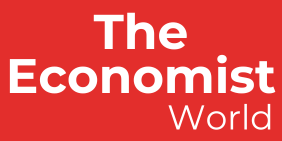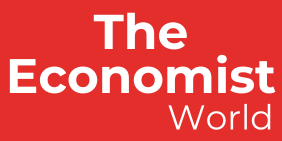Asia has become one of the hardest-hit regions from sweeping tariffs unleashed by US President Donald Trump, with an average rate of nearly 30 per cent levies on exports to America slapped onto countries in the region.
Experts expect Trump’s latest policy salvo, announced on Wednesday and set to take effect as early as Saturday, to spark a “global trade war” as nations retaliate with their own measures, potentially speeding up inflation in some economies.
While Trump announced a baseline tariff of 10 per cent on most US imports, significantly higher rates have been imposed on several Asian economies – calculated based on the size of their trade surpluses with the US – resulting in “disproportionately stiffer” tariffs for the region, according to an ANZ report released on Wednesday.
China was the hardest hit with cumulative import tariffs now at 54 per cent, while other countries in the region excluding Singapore faced an average tariff rate of 29.8 per cent, ANZ said.
Cambodia and Vietnam will bear the harshest US tariff rates in Southeast Asia at 49 per cent and 46 per cent respectively, while the Philippines will have one of the lowest at 17 per cent. Singapore exporters will have to pay a baseline 10 per cent tariff in the US, while India will incur a rate of 26 per cent.
From Japan’s Nikkei 225 to Hong Kong’s Hang Seng stock index, Asia-Pacific markets plunged on Thursday after Trump’s reciprocal tariffs were unveiled, with the US accounting for about 15 per cent of Asia exports.
The American president branded Wednesday as “Liberation Day”, saying the tariffs were designed to “get money back” for the US and strengthen its economy. With reciprocal tariffs, the US is aiming to match generally higher import duties placed by other economies on American-made goods.


